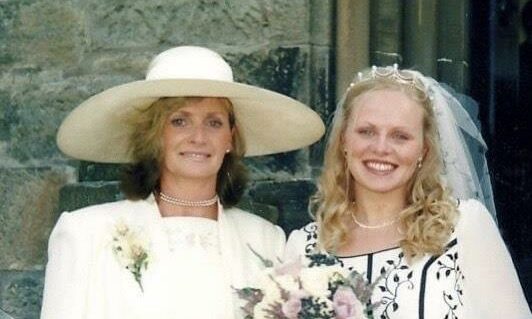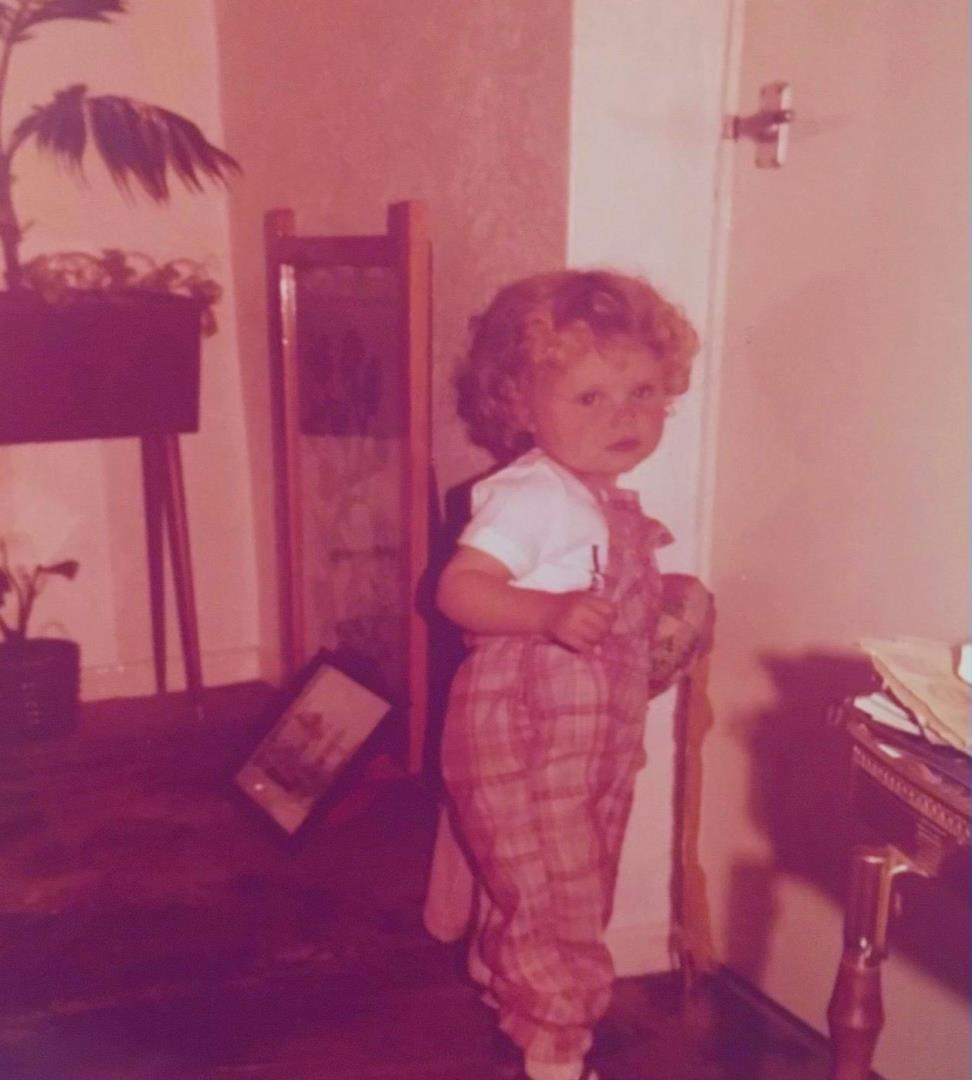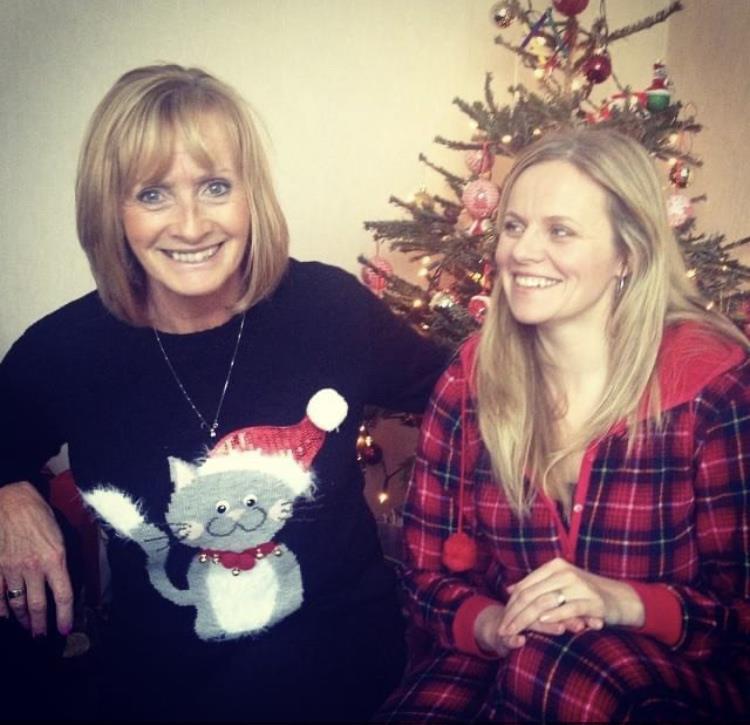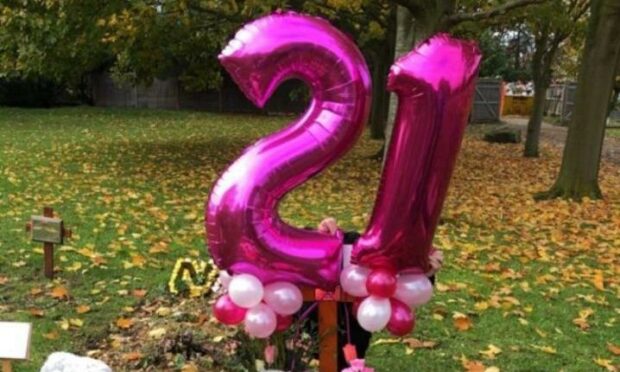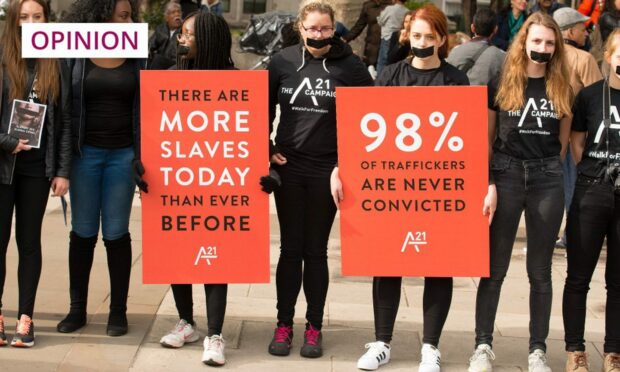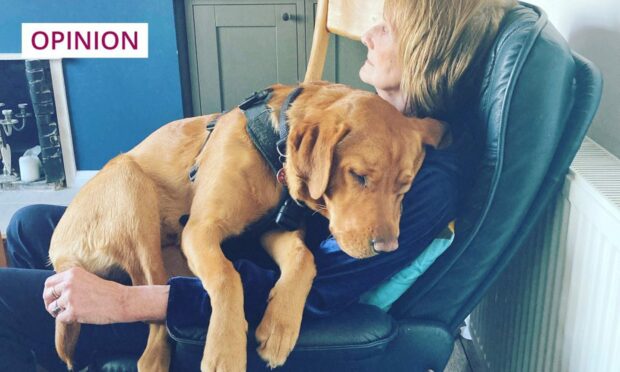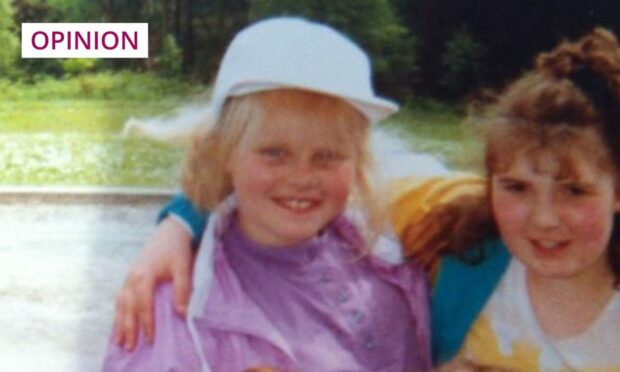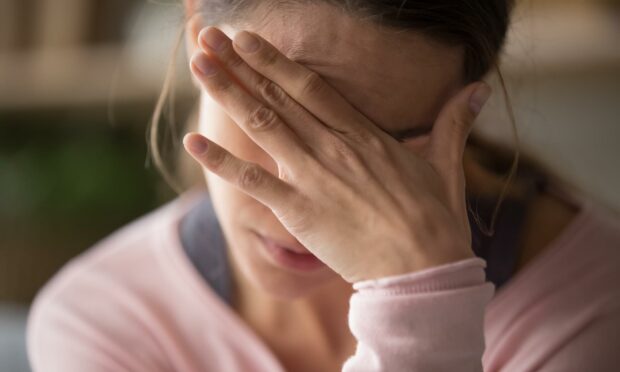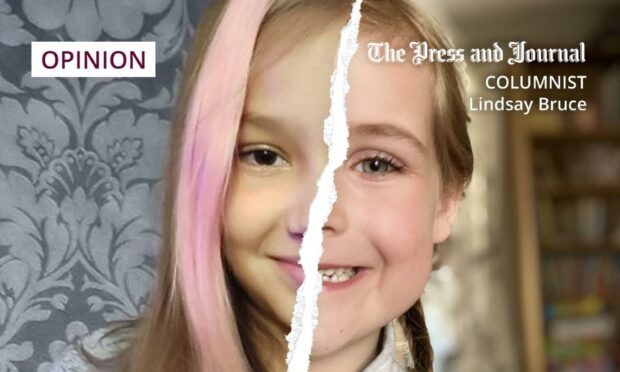My mum cleaning blood off the artex.
When I saw councillor Ryan Houghton’s brave but traumatic account of dealing with domestic violence as a child, that was the first thing I thought about.
I read his Twitter feed from my sofa, but in a split second I was transported back to that day. Age six or seven, I came home from my gran’s and opened the front door to the smell of bleach and my mum scrubbing the walls.
That was the pattern. He would drink, my mum would do everything in her power to protect me. Sadly, there were no such protections for her.
I could never understand why no amount of calls to the police, or screams from our house, seemed to make it stop.
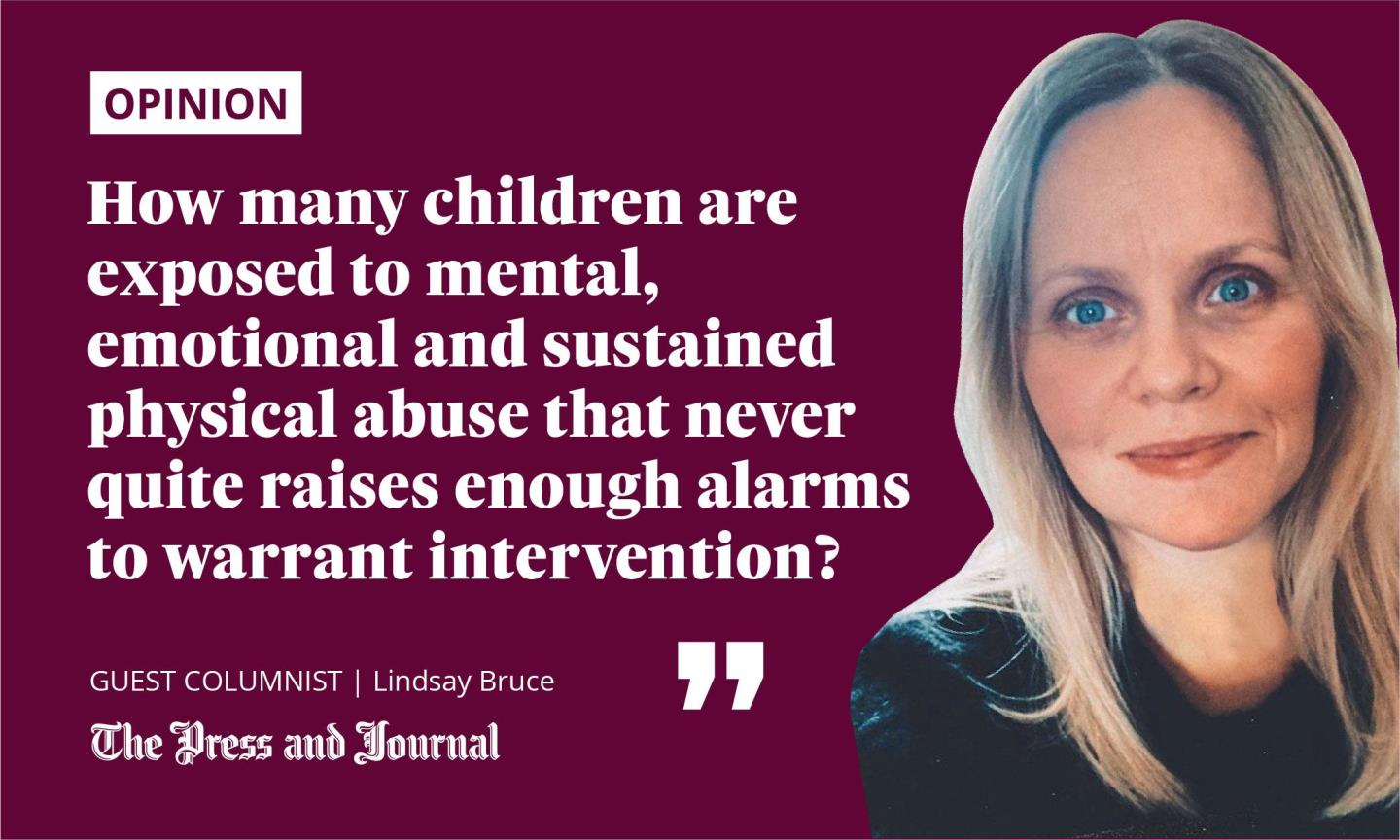
Currently, it’s thought that there are 130,000 children in the UK living in homes where domestic abuse occurs and where there’s a high risk of murder or serious harm.
But that’s just the tip of the iceberg. How many children are exposed to mental, emotional and sustained physical abuse that never quite raises enough alarms to warrant intervention?
1 in 7 under-18s grow up with domestic abuse
According to Women’s Aid, as many as one in seven under-18s will have lived with domestic violence in their childhood.
That’s five kids in every class. And five more adults, later, carrying that trauma.
Thankfully, there’s now legislation to protect children. And we can acknowledge that even witnessing violence, in all its forms, can have a devastating effect.
In Scotland, the Domestic Abuse Act 2018 also makes it a statutory aggravation for domestic abuse to involve or affect a child – and this includes a child hearing, seeing or being present during an abusive incident. However, it wasn’t always the case.
An early, indelible memory
It’s not my earliest memory, but it’s certainly one of the most indelible, when I was pulled from my bed and carried up the street because he was on a rampage.
I remember standing on the street corner as a four-year-old in my 1980s, quilted, pink dressing gown as sirens wailed and blue lights flashed. It must have been cold, because I could see my breath as he was dragged from our destroyed home by two policemen and was taken away.
We’ve pieced together the events of that night since.
If you know, or even suspect that domestic abuse is taking place, can you please report it and reach out to those who could be in danger?
My mum had locked her partner out, so he smashed the glass in the back door with a garden pitch fork. I remember being jolted awake by the noise of things being broken, and all the crying and shouting.
In an instant, she plucked me from my bed and ran with me in her arms to safety.
I’m thankful we now understand the impact such things have on malleable young hearts and minds. And I will be forever grateful to organisations like the NSPCC, who advocate for those who don’t have a voice in these situations.
But, could I please implore you to do one thing? If you know, or even suspect that domestic abuse is taking place, can you please report it and reach out to those who could be in danger?
We now know that there was a 7% increase in incidents of domestic violence reported to the police during the first year of the pandemic, so believe me when I tell you it is happening.
Please act now
I know it’s hard. I know there’s a sense of it not being our place to step in. And I know you won’t want to make it any worse.
Truth is, the only way to stop childhood trauma is to stop childhood trauma
But, here’s what I asked as that scared wee girl:
Why can I hear next door’s vacuum being plugged in but they can’t seem to hear my mummy being attacked?
If I see my mum wearing extra make-up to cover black eyes and a broken nose, why can nobody else?
Why did my teacher say I should tell an adult if someone is being bullied, but no grown-ups seem to do the same for my mum?
If your partner is controlling you it’s domestic abuse. To speak in confidence call Scotland’s Domestic Abuse Helpline on 0800 027 1234. pic.twitter.com/Zx2xdNHBte
— NHS Grampian (@NHSGrampian) January 11, 2022
Truth is, the only way to stop childhood trauma is to stop childhood trauma.
I’m not mad that some people didn’t step in for us. I get it.
But, imagine if we all embraced the awkward of checking in on those around us? It’s far easier than living with the consequences of what happens when we don’t.
- If you feel scared of your partner or if you are worried about someone you know, you can get in touch with Scotland’s 24 hour Domestic Abuse and Forced Marriage Helpline on 0800 027 1234 or visit sdafmh.org.uk
Lindsay Bruce is obituaries writer for The Press and Journal, as well as an author and speaker
